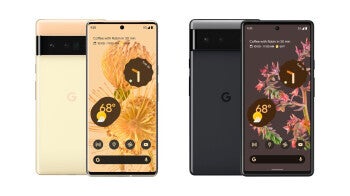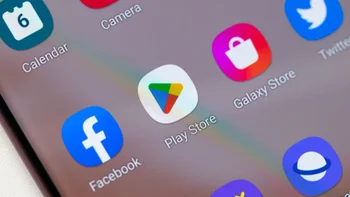How to prevent your smartphone battery from suffering a premature death

The trick to keeping the battery powering your smartphone from keeling over and suddenly dying is to prevent the component from charging all the way to 100%. that's because the life span of your battery depends on the number of charging cycles it has. Each cycle is counted when you go from 0% to 100%. Once you've charged your battery the maximum number of times, you will have to replace the battery with a brand new one.
By preventing your phone's battery from hitting 100% ,you can stop a full cycle from taking place and stretch out how long it takes for your battery to complete a charging cycle. Slash Gear says that typically a lithium-ion battery will go through 400 to 500 charging cycles before you find it floating belly up in your fish tank. To stretch out the life of your handset's battery, there are some other things that you can do besides not charge it to 100%.
Psychologically you might feel better seeing that 100% show up on your phone's status bar than 99%, but you'll pay for this eventually when your batter exceeds the number of charging cycles that it offers. Some Pixel models and iPhones running iOS 13 or later have features that automatically cap charging at 80% and stretch out the time it takes to hit 100% in order not to tax the battery.

The Pixel 6 series, when enabled, will automatically cap charging the battery at 80% to help the component live a longer life
PCMag says that you should keep your phone's battery in a range between 32-95 degrees Fahrenheit (0 to 35 degrees Celsius) when the handset is charging, handling tasks, or just sitting around. Most phones will warn you if the device is too hot and will shut down the phone if necessary. Use common sense. Don't leave the phone on your car's dashboard in the middle of the summer.
Don't charge your phone in bed where it can become a potential fire hazard by getting covered by blankets and pillows; cutting off the handset's access to air is dangerous. The best place to charge your phone is on a flat hard surface. If your phone does get warm, do not put it in the freezer next to the T.V. dinners. Going from one temperature extreme to the other can damage the phone as the components can expand in the heat.
Introducing cold temperatures to the phone in this scenario could result in the addition of unwanted moisture to your device. If you feel that your phone is overheating, your best bet is to unplug it if it is charging and turn off the handset. Sit with it in a cool place, away from sunlight, and take off any case that you might have on the device. If you were charging the phone when it got hot, check the cable to make sure that it isn't damaged. If it does have damage, toss the cable and use a brand new one.
Another good rule is to never let your phone hit 0% and then fully recharge it. The best range to run your phone's battery at is a range of 20%-80%.
Take good care of your phone's battery and it will take good care of you and your phone.
Follow us on Google News













Things that are NOT allowed:
To help keep our community safe and free from spam, we apply temporary limits to newly created accounts: